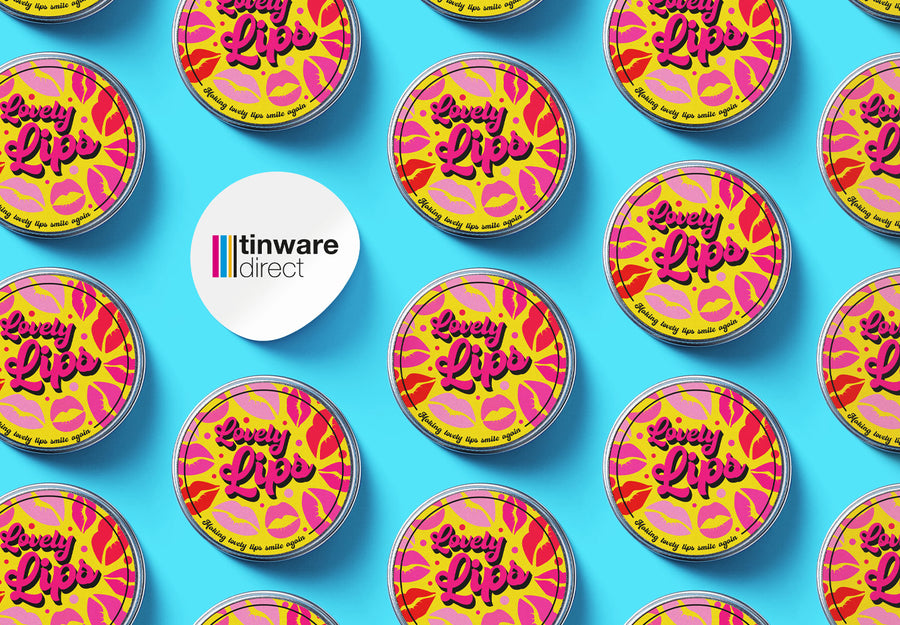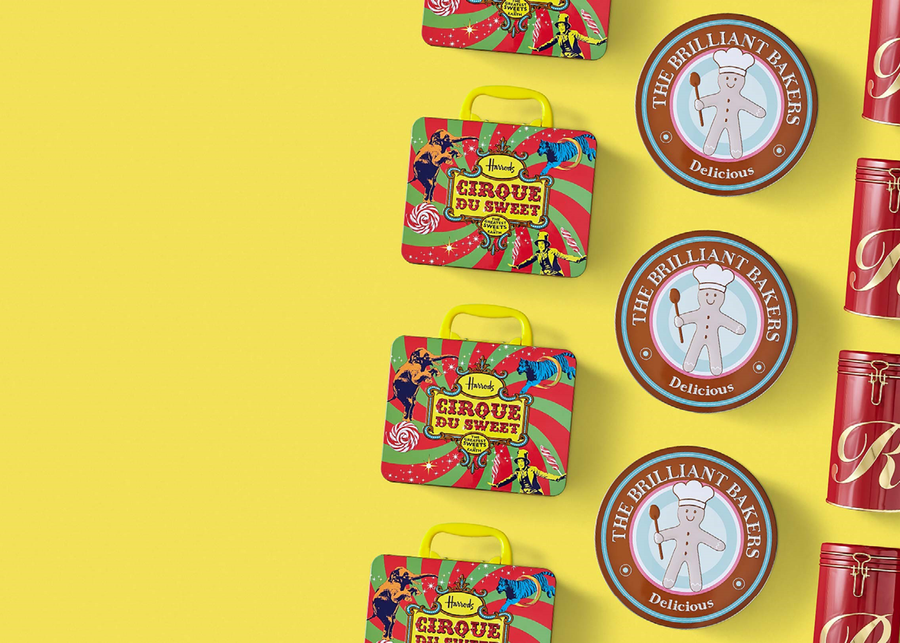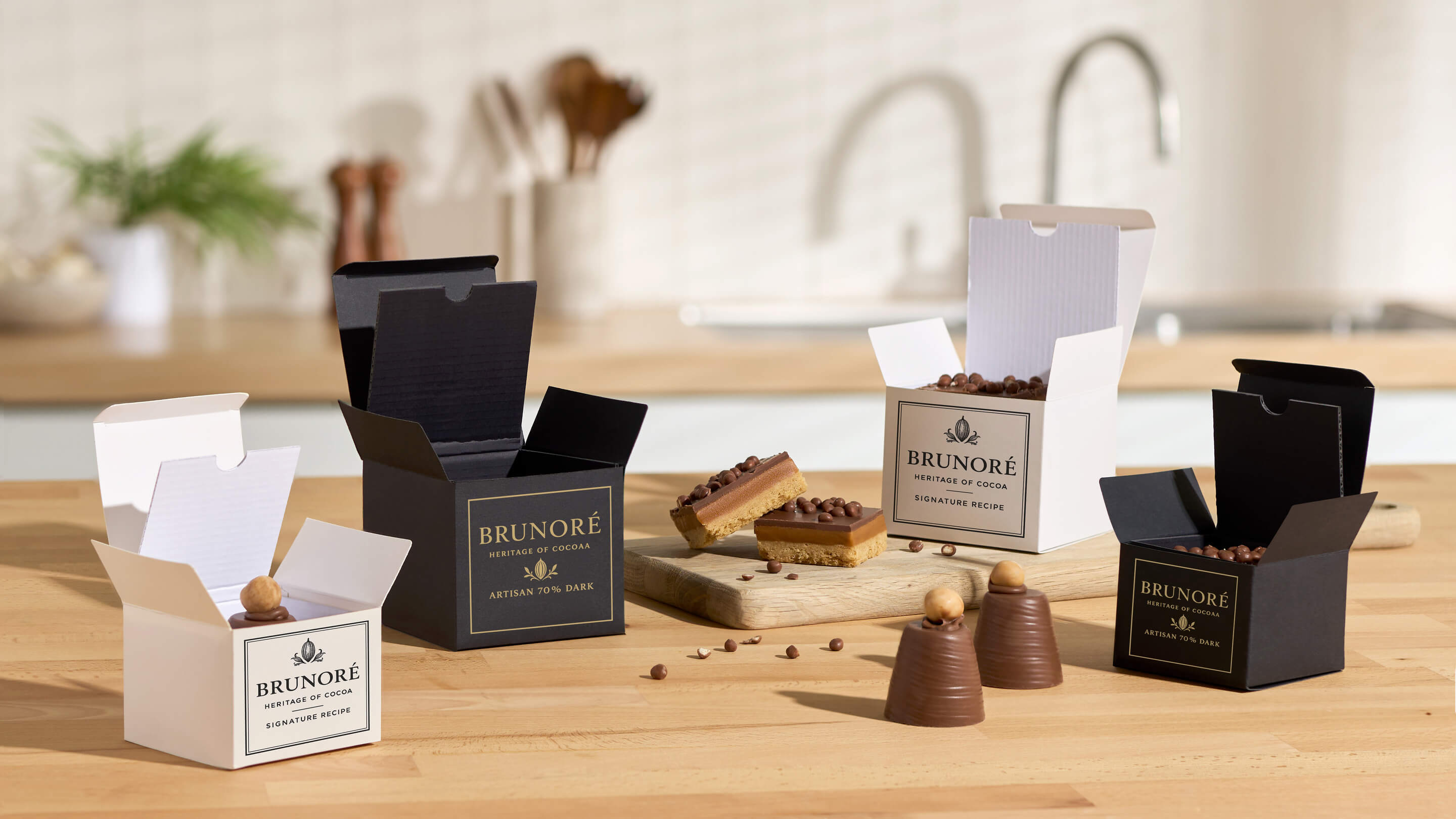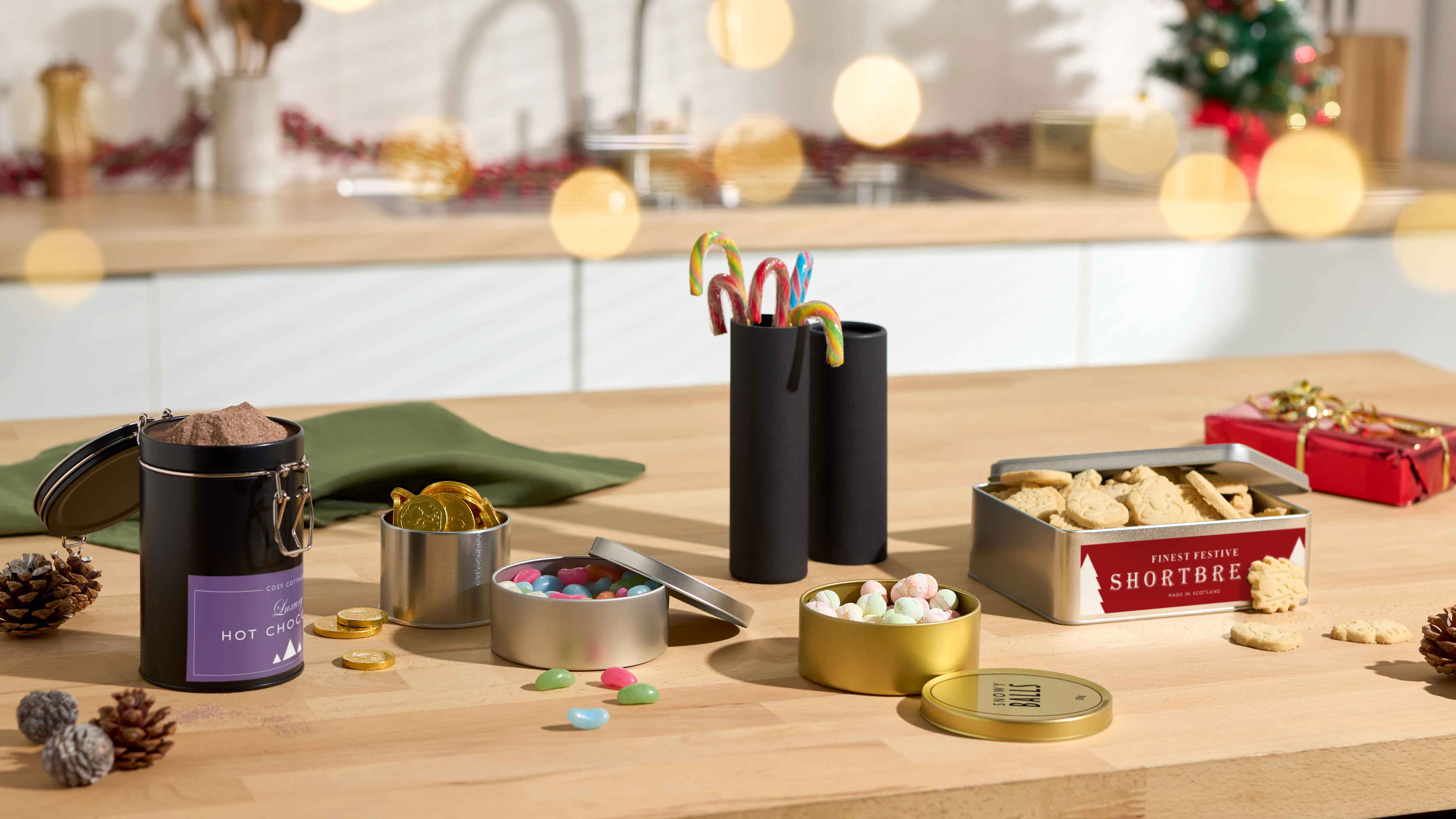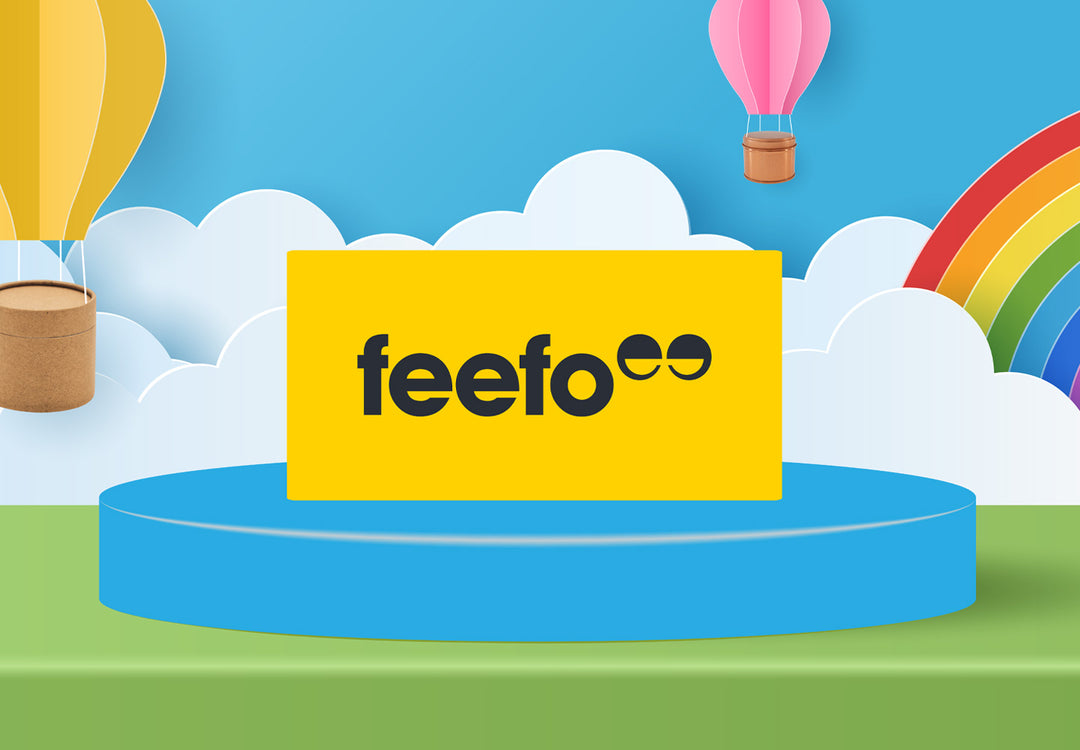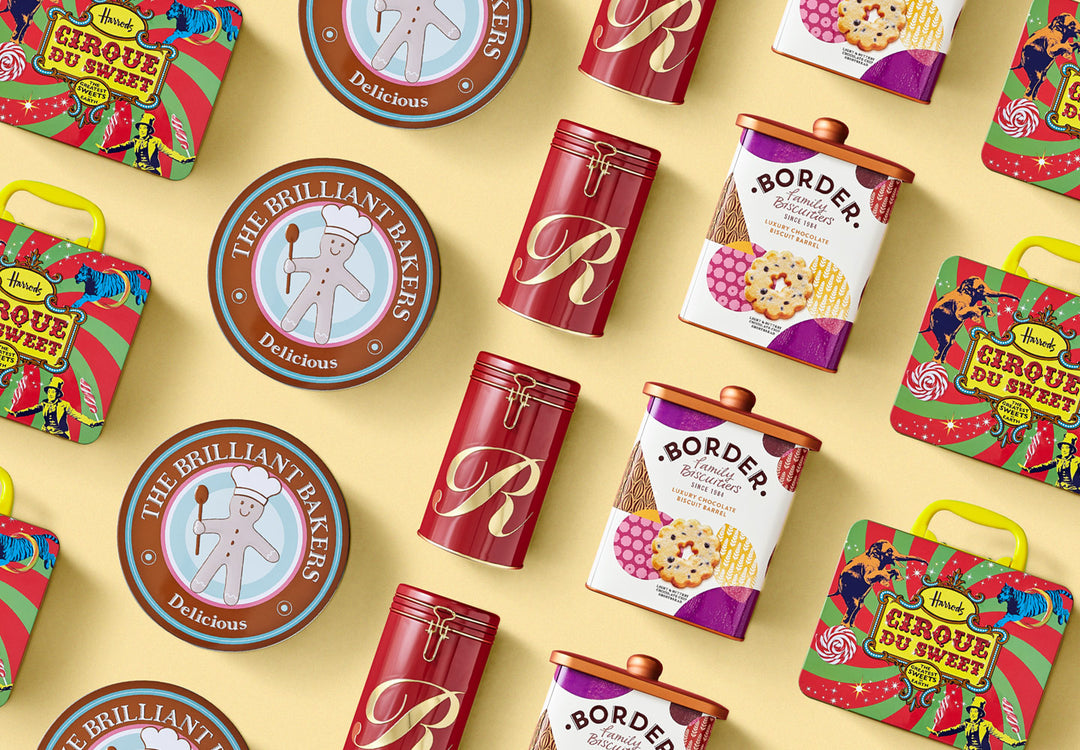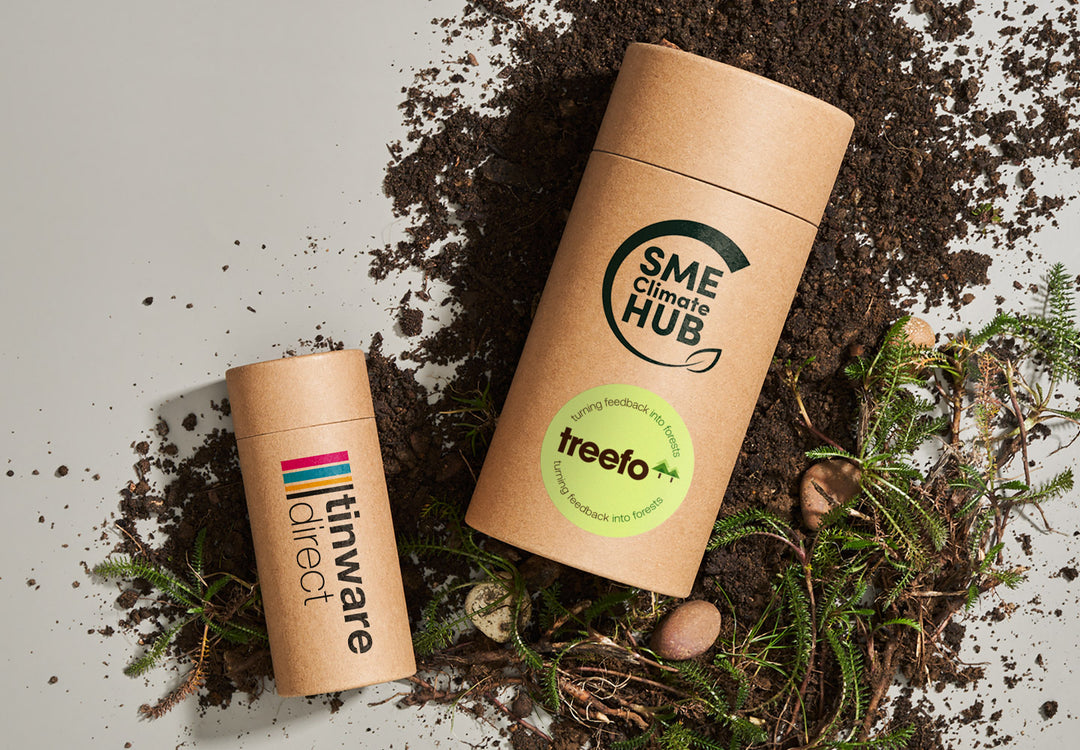Revealed: The Truth About Branded Festive Packaging

If you’re starting to feel festive, you might be wondering whether to incorporate these feelings into your packaging designs for the Christmas season. Will this result in increased sales, a positive brand perception or are customers turned off by marketing choices like this? Let’s dive in and discover whether festive packaging is worth your time and money.
Packaging Presents Through The Ages
Before we explore the marketing potential of this possibility, it’s interesting to consider where the idea of decorating presents came from.
In the 1600s the Japanese used to wrap presents in reusable cloth. By the Victorian era, wrapping presents was just another way to signify your personal wealth.
Today, wrapping paper is commonly branded with superheroes, princesses, or any other type of IP you can imagine. Of course, a modern concern when packaging presents is whether the materials are recyclable, sustainable, and easy to dispose of. This is one of the reasons why 100% paper wrapping has become so popular. Of course, there are plenty of other alternatives as well such as aluminium gift boxes, or cardboard packaging.
How Do Customers Feel About Seasonal Packaging Designs?
Studies show that customers do appreciate seasonal packaging although there are a couple of pitfalls to avoid here.
For instance, one research survey found customers were twice as likely to purchase soda products when they had a festive design. Festive packaging even amplified key marketing messages including “treating yourself.”
What About Other Seasonal Designs?
Other marketing experts and industry leaders favour the idea of changing packaging designs for other key seasons. However, it is important to make sure that the designs respect the culture and tell a story which makes sense for your specific brand.
Think Carefully About Your Design Choices
Remember, as with any marketing, it’s easy for the message to get confused. Pepsi discovered this after a significant backlash for their own festive packaging that showed money falling through the sky like snow. While the imagery was supposed to convey the idea of charity, it actually made customers think about commercialisation.
Final Thoughts
As you can see, it’s clear customers do love festive packaging and if you’re lucky, the right festive gift tin could even become a collectable item. You just need to think carefully about the imagery you use and make sure that your designs are respectful of any culture or seasonal celebration that is part of your marketing campaign.
Extra Fact: The Marketing Myth Of Santa Claus

One of the most commonly believed marketing misconceptions is that Coca-Cola created the modern image of Santa Claus. The idea is that Santa is dressed in red and white to match the branding of the company from an ad which dates back to the 1930’s.
It’s a wonderful idea but it isn’t quite true. Coca Cola did create ads using Santa in the 1930’s with the help of illustrator Haddon Sundblom. However, while the idea of the red and white suit may have been chosen to match the brand’s colours, this wasn’t the first time the character had appeared dressed this way. Images show the legendary figure in red and white dating back to the Victorian age. That said, Coca Cola did create an image that became the widely accepted image of the man himself which has been used as inspiration for countless media projects including films, TV shows, and marketing ads.
So, while the company didn’t create the image of Santa Clause, they did help bring it to life and successfully commercialised the legendary icon as a figure directly associated with their brand.
After all: “Holidays are coming.”
We wish you a wonderful festive season from our team here at Tinware Direct.
